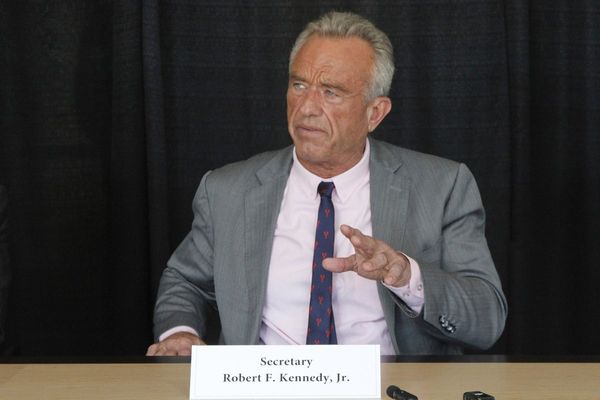
WASHINGTON, D.C.—PBS North Carolina with industry partners this week told the Federal Communications Commission in comments that Wireless Emergency Alerts (WEA) can be successfully delivered to cell phones via ATSC 3.0 with the aid of portable, companion 3.0 receivers and that their proposal can successfully address the problem with cellular network fragility during wildfires, severe storms and other disasters.
The joint filing made by the public broadcaster, North Carolina Emergency Management, Device Solutions, Triveni Digital and Digital Alert Systems, is in response to a request from the FCC’s Public Safety and Homeland Security Bureau seeking partners to test expansion of coverage for wireless emergency alerts.
(ONE Media separately filed comments in the matter. See “ONE Media NextGen Broadcasting Can Fill Gaps in Wireless Networks During Emergencies.”)
“ATSC 3.0, with its Internet Protocol backbone, allows for the delivery of not only television broadcast streams but data in a robust, highly efficient manner,” the filing said.
The filing described PBS North Carolina’s development of a 3.0-delivered notification system with the assistance of the other filers that complements the state’s existing analog voice paging system for first responders. The effort led to the demonstration of a digital paging system using 3.0 to reduce the time needed to deliver dispatch information to responders, the filing said.
“PBS North Carolina believes that the technology developed for the paging effort could easily be adapted to address the need the FCC” identified in seeking to bolster wireless networks in emergencies, it said.
The filing envisions the integration of emergency alerting systems already in place at a large majority of broadcasters around the country with the enhanced dissemination capabilities of 3.0 and redistribution of alerts via formats like Bluetooth and Wi-Fi to consumer devices—with the added benefit of rich multimedia.
“…[W]hat if there was the ability to send additional information, critical to civilians to not only warn them, but to give them instructions and mapping directions to seek safe evacuation during a crisis?” the filing asked. “PBS North Carolina, working in concert with North Carolina Emergency Management, is exploring the ability to use existing, enhanced mapping data to provide the civilian population instructions and options to avoid hazardous routes, provide safe evacuations routes, and perhaps provide direction to needed resources.”
The public broadcaster pointed out that without complementary 3.0 emergency data delivery, the public could be left without map data. However, the proposed 3.0-delivered data approach, working in tandem with the internal GPS capability of the cellular device, could make it possible “to overlay the location information on top of the mapping information sent in parallel with the WEA data,” the filing said.
The filing also reminded the bureau that America’s public television stations already serve as a nationwide broadcast backbone relay network for WEA using the existing infrastructure of public stations as mandated by the Congressional “WARN” Act and funded by the Department of Commerce’s National Telecommunications and Information Administration.
“As described by FEMA, this ‘Warning, Alert, Response Network’ provides a backup dissemination method of Wireless Emergency Alerts (WEAs) should IPAWS [Integrated Public Alert and Warning System] connection to wireless providers ever be interrupted,” it said.
It concluded by telling the bureau that 3.0 has shown itself to offer coverage “well beyond the expected modeling” from PBS North Carolina’s WUNK NextGen TV station in Greenville, N.C.
“Consumers are better served by WEA alerts being available at low cost (device and infrastructure), on more devices, and with more reliable up-time, and improved coverage and penetration,” the filing said







